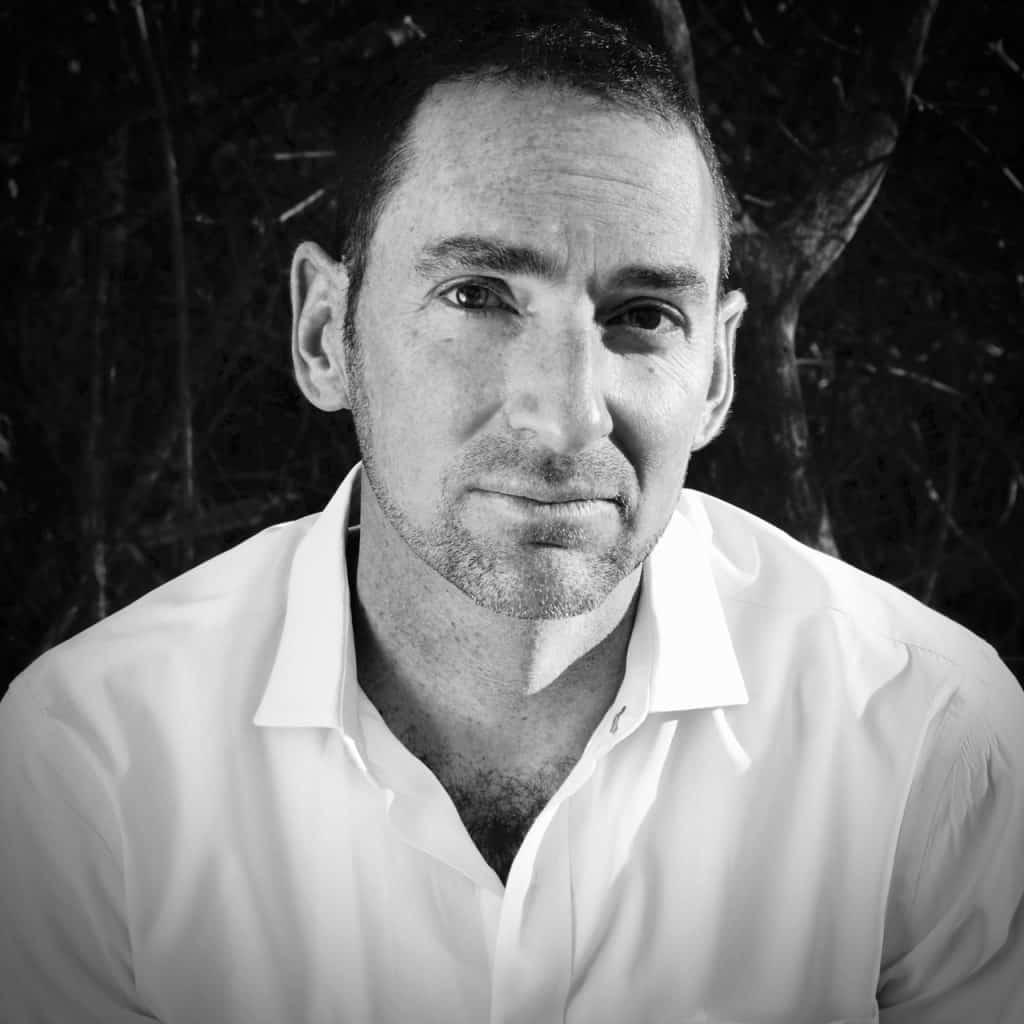Have you signed up for The Educator’s Room Daily Newsletter? Click here and support independent journalism!
Does Spirituality Belong in Public Schools?
In 1993, my high school graduation ceremony took an unexpected turn when our student body president led the football stadium audience in an impromptu prayer to Jesus Christ. This was a public school, and we all knew prayer was not allowed, but the adults sitting beside him on the stage did not intervene. Instead, like everyone around me, they bowed their heads and prayed along.
I was taken aback. As one of our school’s few non-Christian students, I remember the alienation and shame that rushed over me as everyone in the football stadium prayed to a god with whom I had no connection. My parents were upset and afterward lodged a complaint with the local school board, but there wasn’t much appetite for scandal in that town. Without social media to blow it up, this intrusion of church into state–unlike the widely-reported 2015 midfield prayer by a football coach in Washington state–went largely unnoticed.
But the incident stuck with me. So strongly, in fact, that years later, when I returned to that town from college and began teaching in a small, public charter high school, I made sure none of my students experienced what I had. If the topic veered toward religion in the school building—if students began arguing about God or wondering if the devil existed–I would guide them towards a different subject. Firmly, I clarified that school was a place to learn academic and social skills. Matters of the soul were for other venues.
Brandon’s Story
The issue seemed black and white to me until a few years into my career, when tragedy struck our school community. We came in one morning to find out that a recent graduate, Brandon, had died the night before. After a long night of partying, he’d passed out drunk in a snowbank outside his father’s trailer and not survived the cold.
This tragedy was not supposed to happen. Brandon had been one of our success stories. We’d worked side by side with him and his parents for four years to drag him through his classes, rescuing him several times from the verge of dropping out. When he’d walked across the stage to receive his diploma–just six months before his death–the theater erupted. We’d done our job. We’d set this young man up to be a successful adult.
But as I learned more about Brandon’s post-graduation life, I realized that our narrative of success was incomplete. The young man who received that diploma may have possessed the basic skills to get hired for his job–an entry-level position in parts at a car dealership–but the reckless way he’d been living post-graduation made it clear he was anything but prepared for adulthood. He’d filled his days with work, his nights with parties, always distracting himself from what he most needed to know: why his life mattered and what he wanted to do with it.
Brandon’s death made me reconsider how I clamped down on any talk of spirituality in school. I began to wonder if, in my zeal to protect the separation of church and state, I’d been closing doors that needed to stay open. Instead of focusing so intently on academics, what might have happened if Brandon’s teachers and I had also taken some time to help him reflect on who he was? What if, in addition to all those extra lessons on geometry and grammar, we had given him the opportunity to explore why he’d been born, why he was put on this planet, and what he believed about God? What if, now and then, we accompanied him in studying not the books written by others but the life he was writing for himself?
Models for Secular Spiritual Education Exist
I don’t know what was available back then, but today I’ve discovered a handful of tools and frameworks to help teachers accompany students beyond academics and into these existential explorations–without dipping into religion or prayer. With his usual clarity, His Holiness the Dalai Lama has explained how ethics can be secular. He advocates for teaching them in school, not only for individual happiness, but for the very survival of the world. The brilliant theologian Matt Fox has created the A.W.E. project, which provides a roadmap for teaching spiritual values like wisdom, awe, and contemplation, with no religion attached. His former collaborator, Theodore Richards, has experimented for years with a like-minded model he calls “wisdom education.” The Stanford d. School’s Wayfinder program is a comprehensive approach to preparing students for “purposeful lives.”
These frameworks and tools provide pathways beyond the conventional curriculum; ways to weave spiritual education into the fabric of our public schools. Of course, there’s no guarantee such an intervention would have made a difference for Brandon. He had many demons to tackle, and school was only a part of his life. But I wish we’d given it a shot.
I admit introducing any sort of spirituality into public schools is a risky proposition. Even with the clearest of curricula, it must be handled with caution, lest people misconstrue it as an attempt–or worse, an invitation–to promulgate religion or prayer.
But there’s also a risk, perhaps greater, in requiring children to check their life questions at the door. Brandon’s story, and the story of so many others who stumble into adulthood with no sense of purpose, compels us to ask if it is enough to simply equip young people with the tools to survive economically. In the end, what matters is not only earning a living but also living in earnest. It is on all of us, schools included, to help children find their way.

A graduate of Brown University (BA) and the University of New Mexico (MA and Ed.S), Seth Biderman is an experienced educator and school administrator. He has worked in public and independent schools in New York City; Cali, Colombia; Washington, DC; and Santa Fe, NM. He has also founded and directed out-of-school mentorship programs to connect young people with areas of personal passion. Most recently he was principal of the 7th and 8th grades and Arts, Languages and Movement program at the Inspired Teaching Demonstration School in DC.
Editor’s Note: If you enjoyed this article, please become a Patreon supporter by clicking here.







Hi Seth, I came across your article while doing some broad reading for an academic piece in spirituality in UK schools. I’ve taught religious education in state schools since 2005. It’s a legal requirement here. I find it incredible that this dialogue does not occur elsewhere in the world. It is crucial. I used to start my September with my year 7s (11 years old) all having a lesson task to email the White House to demand they put RE on the American curriculum. Still not happened then?